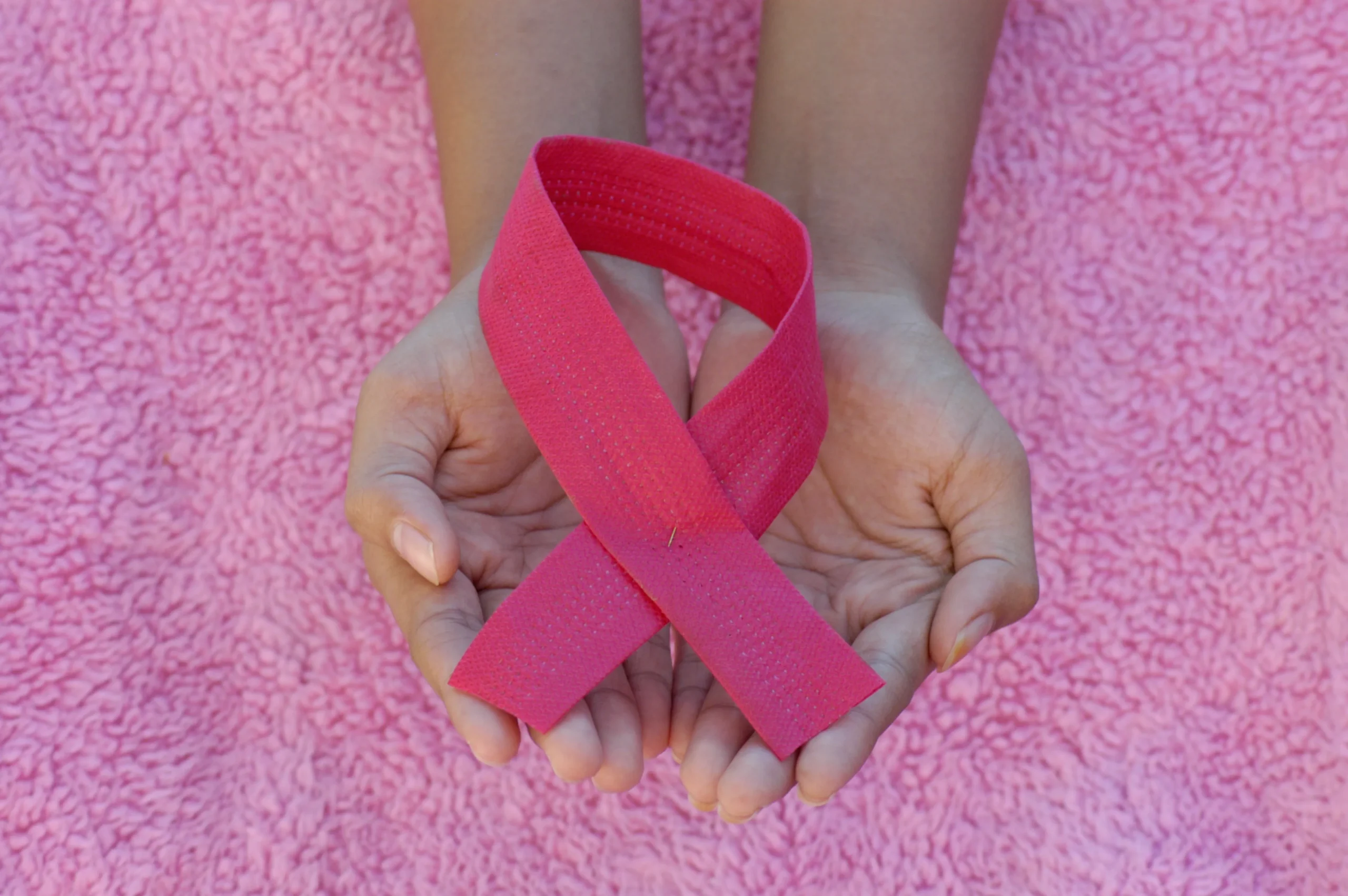What Is Cervical Cancer?
Have you ever wondered what cervical cancer really is? It’s a type of cancer that occurs in the cells of the cervix—the lower part of the uterus that connects to the vagina. This topic might sound a bit scary, but don’t worry! We’re here to break it down for you in the simplest terms. Ready? Let’s dive in.
The Basics: What Causes Cervical Cancer?
Human Papillomavirus (HPV)
The main culprit behind most cervical cancer cases is the human papillomavirus (HPV). It’s a common virus that spreads through sexual contact. But here’s the kicker: not all HPV infections lead to cancer. In fact, most go away on their own without causing any problems.
Other Risk Factors
Besides HPV, other factors can increase your risk. These include smoking, having a weakened immune system, long-term use of birth control pills, and having multiple sexual partners. So, lifestyle choices play a big role here too.
Symptoms: What Should You Look Out For?
Early Signs
Early on, cervical cancer might not show any symptoms at all. That’s why regular screenings are super important. When symptoms do appear, they might include unusual vaginal bleeding, pain during intercourse, and pelvic pain.
Advanced Symptoms
If cervical cancer progresses, symptoms can become more severe. You might experience weight loss, fatigue, leg pain or swelling, and even difficulty urinating. If you notice any of these signs, it’s crucial to see a doctor immediately.
Prevention: How Can You Protect Yourself?
Get Vaccinated
One of the best ways to prevent cervical cancer is by getting the HPV vaccine. It’s highly effective and can protect you against the virus strains that cause most cervical cancers.
Regular Screenings
Pap tests (or Pap smears) and HPV tests are essential. They can detect precancerous changes in the cervix so they can be treated before turning into cancer. Think of these tests as a safety net.
Practice Safe Sex
Using condoms and limiting the number of sexual partners can reduce your risk of HPV infection. It’s all about making smart choices.
Diagnosis: How Is Cervical Cancer Diagnosed?
Pap Test
During a Pap test, your doctor collects cells from your cervix to look for abnormalities. It’s a quick and usually painless procedure.
HPV Test
An HPV test checks for the presence of the virus in your cervical cells. It’s often done at the same time as a Pap test.
Biopsy
If your doctor finds abnormal cells, they might take a biopsy—a small sample of cervical tissue—to check for cancer.
Staging: How Far Has the Cancer Spread?
Stage 0
At this stage, cancer cells are only in the surface layer of the cervix.
Stage I
Cancer is limited to the cervix but has grown deeper into the tissues.
Stage II
Cancer has spread beyond the cervix to nearby areas but hasn’t reached the pelvic wall or the lower part of the vagina.
Stage III
Cancer has spread to the pelvic wall or the lower part of the vagina and may cause kidney problems.
Stage IV
Cancer has spread to other parts of the body, such as the bladder, rectum, or even distant organs.
Treatment: What Are Your Options?
Surgery
For early-stage cervical cancer, surgery might be all you need. Procedures can range from removing just the cancerous tissue to taking out the entire uterus (hysterectomy).
Radiation Therapy
Radiation uses high-energy rays to kill cancer cells. It’s often combined with chemotherapy for more advanced stages.
Chemotherapy
Chemotherapy involves using drugs to kill cancer cells. It’s usually used when cancer has spread beyond the cervix.
Living with Cervical Cancer: What to Expect
Emotional Impact
Being diagnosed with cancer can be overwhelming. It’s important to seek support from friends, family, or support groups.
Physical Changes
Treatment can cause side effects like fatigue, nausea, and changes in sexual health. It’s crucial to discuss these with your doctor and find ways to manage them.
Follow-Up Care
Regular follow-ups are essential to monitor your health and catch any signs of recurrence early.
Conclusion: Taking Charge of Your Health
Cervical cancer might seem daunting, but knowledge is power. By understanding the causes, symptoms, and prevention methods, you can take proactive steps to protect yourself. Regular screenings and vaccinations are your best defense. And if you or someone you know is facing cervical cancer, remember there are effective treatments available. Stay informed, stay vigilant, and take charge of your health.
FAQs About Cervical Cancer
1. Can cervical cancer be prevented?
Absolutely! Regular Pap tests, HPV vaccination, and practicing safe sex can significantly reduce your risk.
2. How often should I get screened for cervical cancer?
Women should start getting Pap tests at age 21 and continue every three years. After 30, you can get a Pap test combined with an HPV test every five years.
3. Is cervical cancer hereditary?
Cervical cancer is not typically considered hereditary. It’s mainly caused by HPV infection, which is acquired through sexual contact.
4. Can men get HPV and spread it?
Yes, men can get HPV and spread it to their partners through sexual contact. Vaccination is recommended for boys and men to prevent HPV-related cancers.
5. What should I do if I experience symptoms of cervical cancer?
If you experience any symptoms like unusual vaginal bleeding or pelvic pain, see your doctor immediately for evaluation and testing. Early detection is key.

